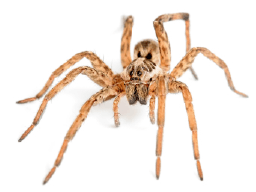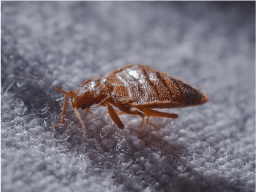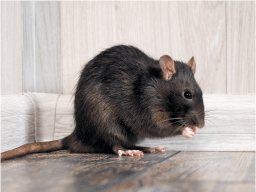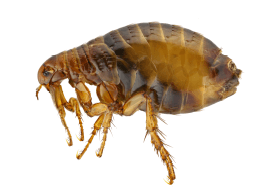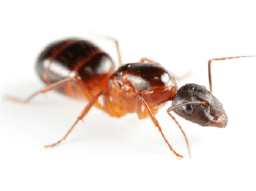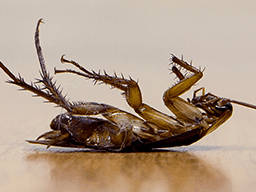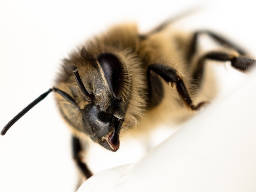All About The Termite Life-Cycle
Dealing with termites? Getting rid of them requires an understanding of how long they live and how they reproduce. Have more questions? Call Pest Control Experts today!
Schedule Today!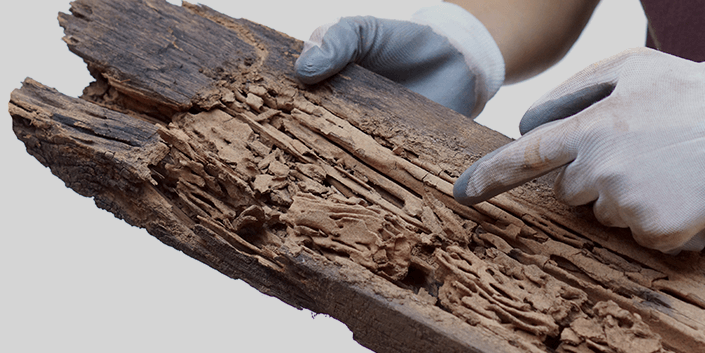
What Are The Stages Of A Termites Life-Cycle?
Every termite colony is made up of three kinds of members: workers, soldiers and reproductives or swarmers. The life cycle of a termite begins with the swarmers, the faction of a termite colony which have wings. These termites emerge from their nests in large groups in the spring, typically after the last freeze or when temperatures reach about 70 degrees. The female termites release “mating pheromones” which entice male termites to their location. Once a male has found its female, both termites break off their wings, select a nesting location and mate. This ritual solidifies these two termites as the king and queen of their new colony where, after mating, they will spend the rest of their lives in the nest and never go outside again. Worker and soldier termites are sterile, wingless and blind.
The Queen And Her Eggs
Queen termites have been known to live between 30 and 50 years, but 15 to 17 years is more common. A queen termite, in the beginning of the development of the colony, will only lay from 10 to 20 eggs. When the colony is several years old, a queen termite can lay as many as 1,000 eggs a day. The size and maturation rate of a termite colony depends on the species, but typically, it will take a few years for a colony to become large enough to cause visible damage to the wood where they reside.
Termite Metamorphosis
Termite eggs go through a developmental process that includes the stages of egg, nymph and adulthood. Nymphs resemble small adult termites and go through a series of moults as they mature. Nymphs first change into workers. Some of these workers then go through another moulting stage and become soldiers or reproductives. This process can take months to complete depending on the availability of food, the climate and the health of the rest of the colony. Nymphs cannot feed themselves and must be fed by worker termites. If these worker termites have too many other tasks such as looking for food, building or maintaining the nest or taking care of the queen, the development of the termite can be hindered.
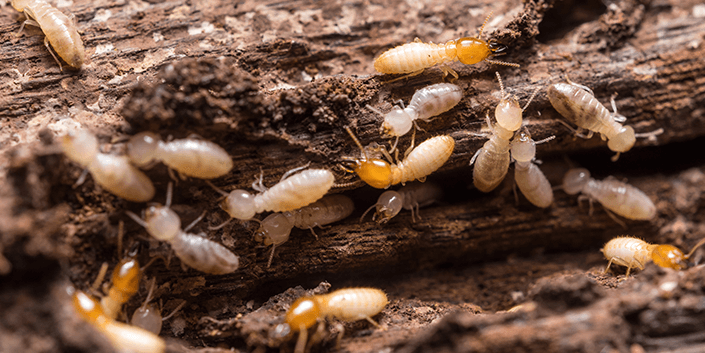
Maturity
When termites have reached maturity each termite begins to do its job. Workers and soldiers can live one to two years performing their delegated tasks. Reproductives develop functioning eyes and grow wings and their bodies become harder and darker to be able to survive life outside the nest. These reproductives will eventually go off to begin new colonies of their own.
It doesn’t matter what part of the life-cycle the termite is in, any termite can do serious damage to your home. If you believe you have discovered a termite or termite damage, call Pest Control Experts today for a free quote and to have a termite home inspection check today!
Call 855-891-5410



